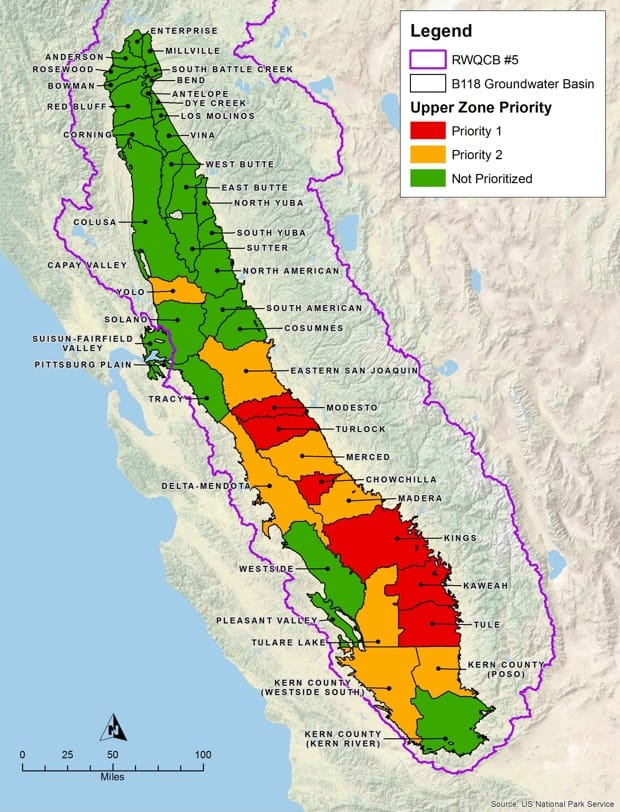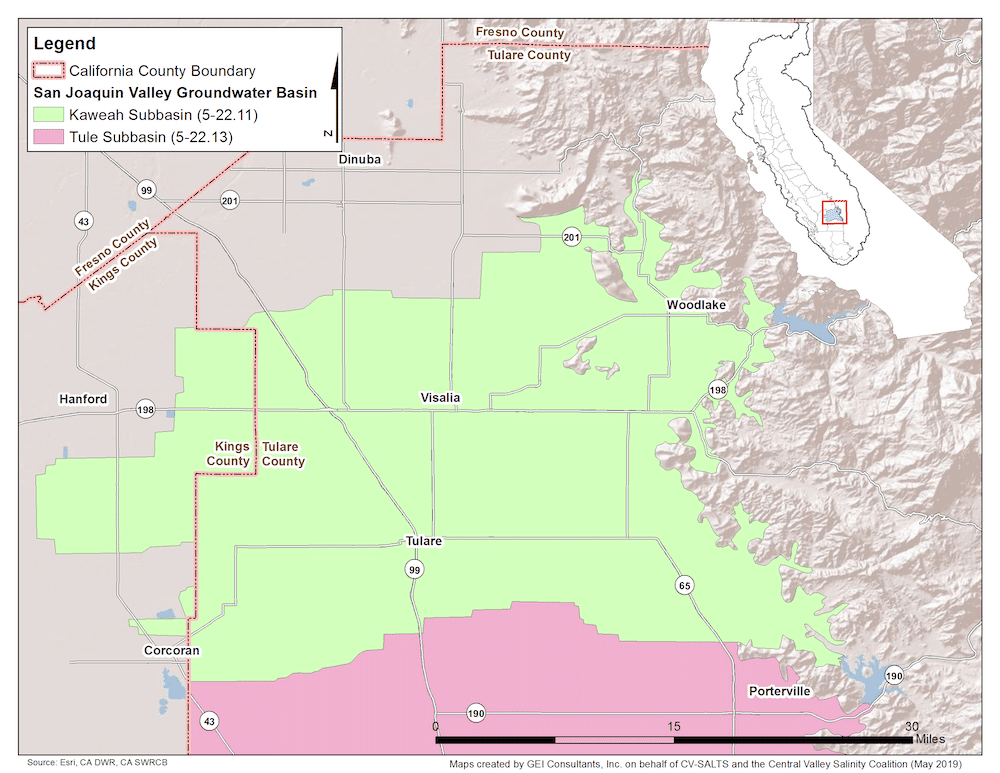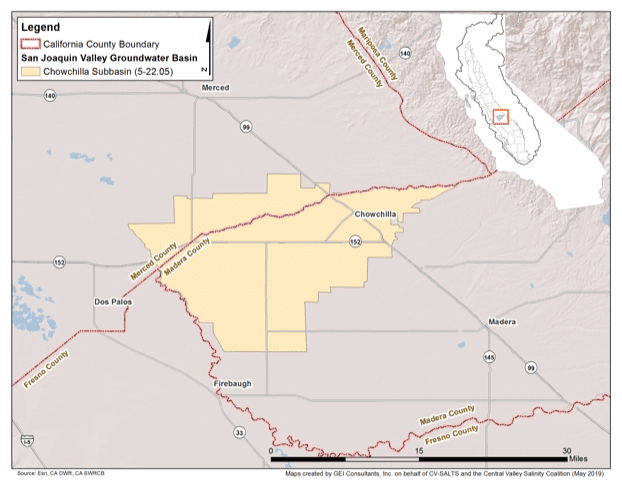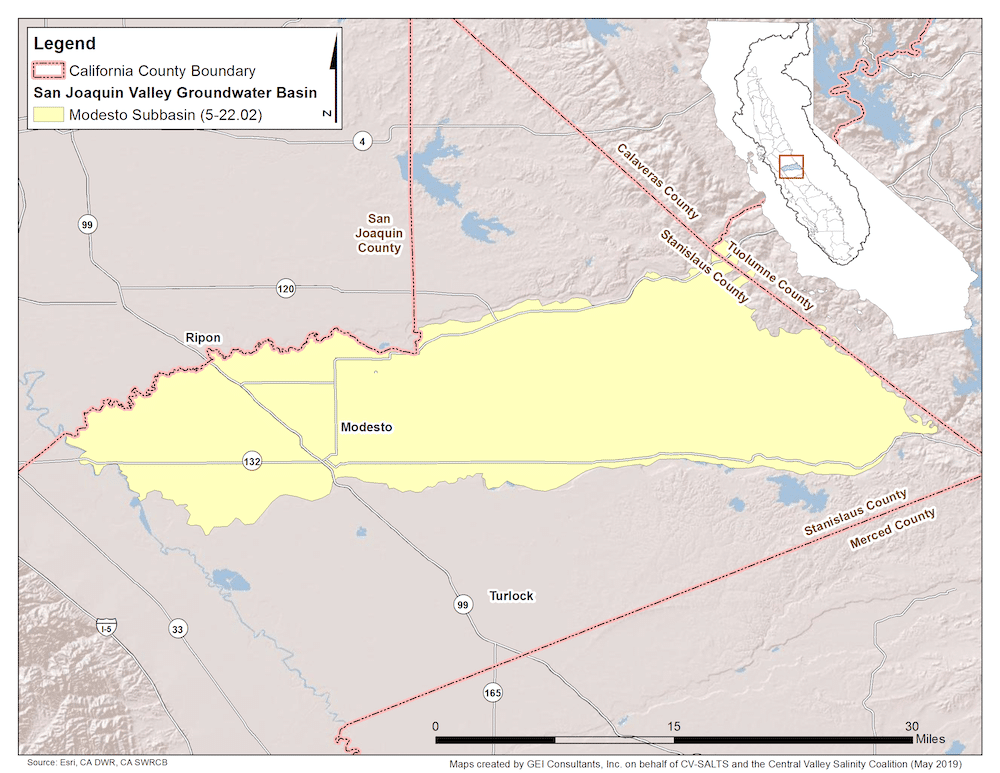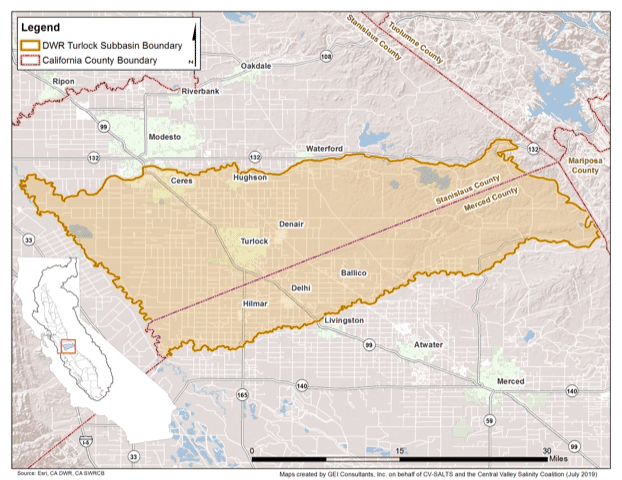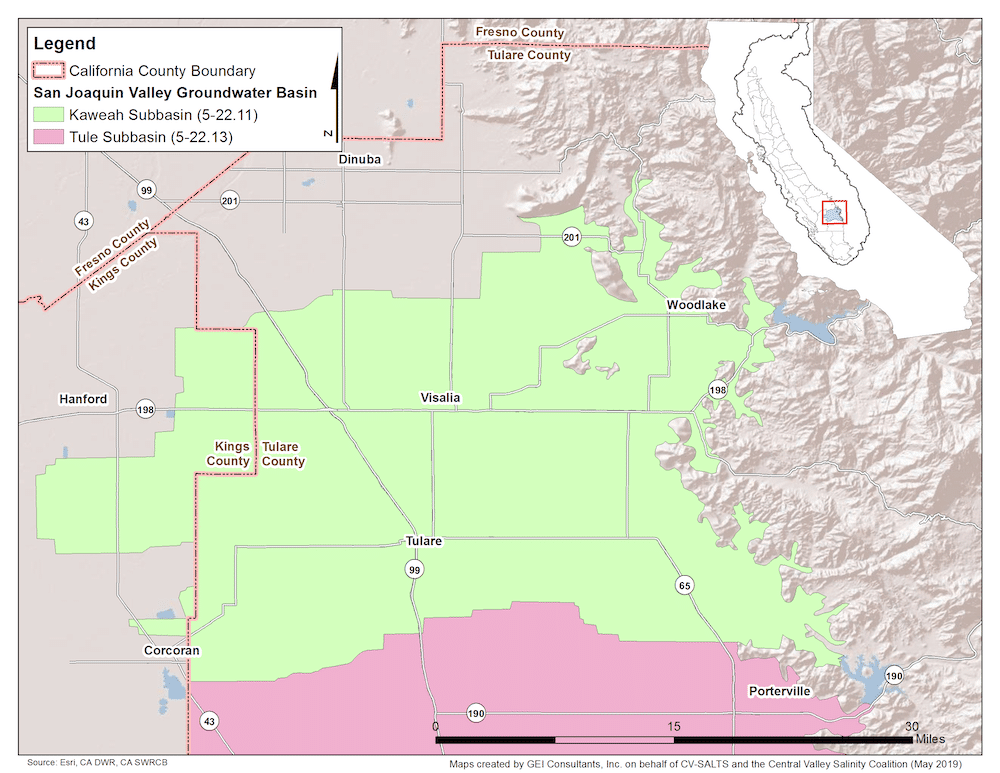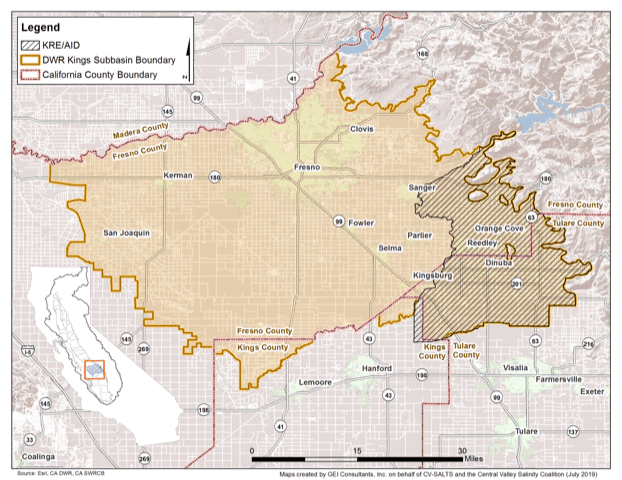CV-SALTS NITRATE CONTROL PROGRAM REQUIREMENTS WEBINAR
Thursday, February 29, 9:00 AM – 12:00 PM
This webinar will be helpful if you have received a Nitrate Control Program Notice to Comply in the mail and would like to learn more about the program and your regulatory responsibilities.
CV-SALTS – Managing Salt and Nitrate in the California Central Valley
Nitrate Control Program Overview
Nitrate Challenge in the Central Valley
Over the last 150 years, increased agricultural, industrial, and municipal activities, coupled with population growth, have resulted in dramatic increases in nitrate in groundwater in the Central Valley. Many residential well water users in the Central Valley rely on groundwater for drinking water, and some of them experience unsafe levels of nitrate.
Nitrate is a tasteless, odorless, and invisible chemical that can cause health effects when found in high levels in drinking water. Nitrate is common in fertilizers and waste discharges in the Central Valley. Learn more about the potential human health impacts from nitrate here.
The Central Valley Regional Water Quality Control Board (Central Valley Water Board) regulates nitrate discharges to groundwater from human activities. Compliance with past regulations proved difficult to impossible for permitees, so the CV-SALTS initiative proposed the Nitrate Control Program as part of a package of regulatory improvements. The Central Valley Water Board adopted the new requirements in May 2018.
Nitrate Control Program Goals
-
Provide safe drinking water supplies.
-
Reduce nitrate impacts to water supplies.
-
Restore groundwater quality, where reasonable and feasible.
The Nitrate Control Program:
Prioritizes providing safe, free drinking water for residents relying on well water with unsafe levels of nitrate.
Provides the Regional Board Central Valley Water Board with revised, more flexible authorities for nitrate regulation, including the establishment of local Management Zones to foster collaborative, cost-effective nitrate solutions.
Six Management Zones have formed in active (Priority 1) groundwater subbasins.
Active (Priority 1) Groundwater Subbasins for Nitrate Management
Developing (Priority 2) Groundwater Subbasins for Nitrate Management
Nitrate Control Program Timeline
CV-SALTS maps areas of high nitrate concentration in the Central Valley.
Central Valley Water Board and State Water Board approve Nitrate Control Program.
Central Valley Water Board sends Notices to Comply to nitrate permittees. Permittees have a limited time to select one of two pathways.
Pathway A: Individual Permitting Approach
Permittees individually assume all compliance costs and responsibilities and submit a Notice of Intent for Pathway A.
Pathway B: Management Zone Permitting Approach
Permittees share compliance costs and responsibilities by forming a local Management Zone and submitting a Preliminary Management Zone Proposal.
Permittees (Pathway A or B) submit their Notice of Intent and begin implementation of an Early Action Plan to provide safe drinking water to affected residents.
Permittees (individually or through a Management Zone) develop nitrate management plan.

